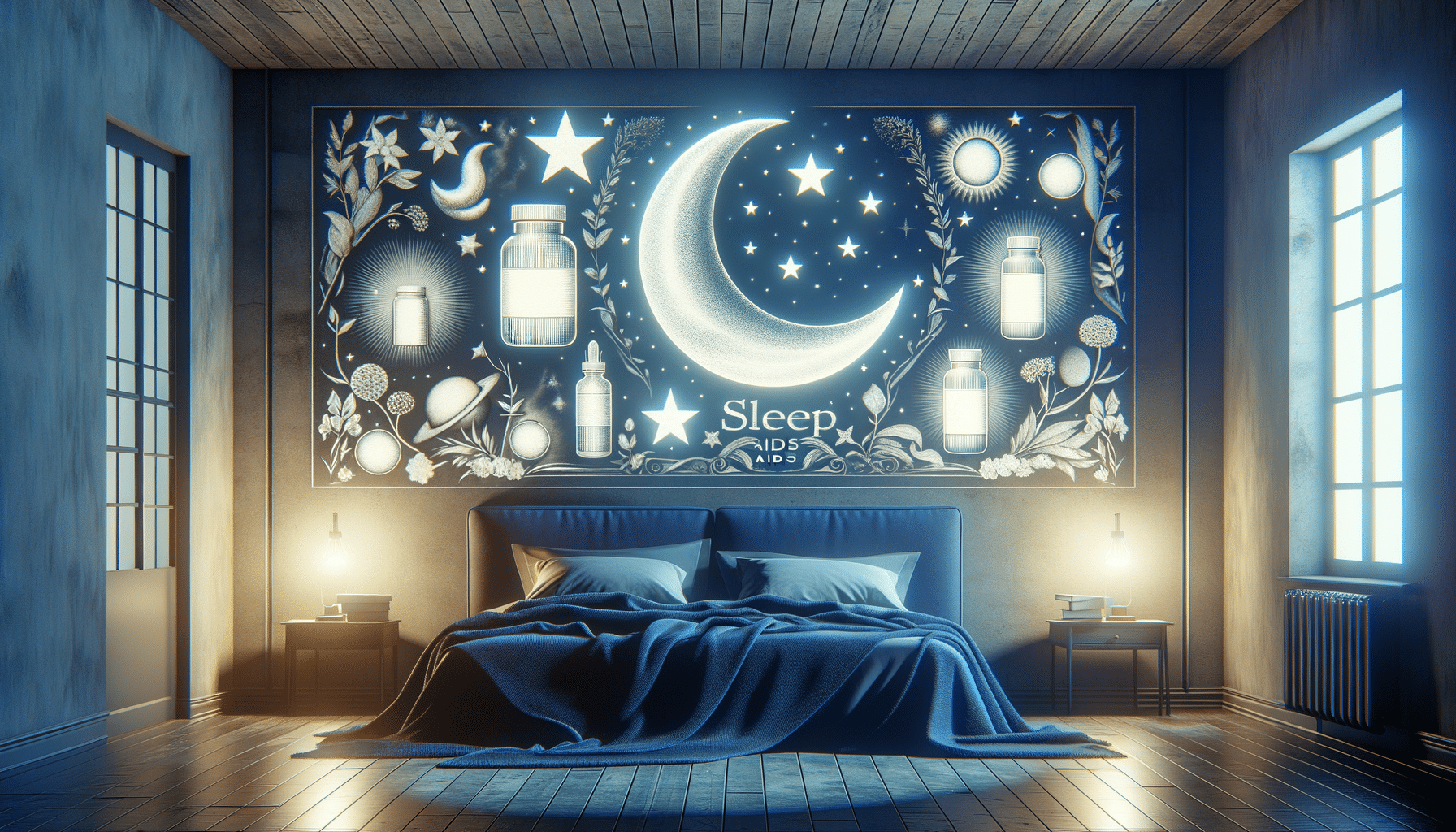
How to fall asleep more quickly: simple technique
The Science Behind Sleep Techniques
Understanding the science of sleep is essential to appreciating the value of techniques designed to enhance it. Sleep is a complex physiological process governed by the circadian rhythm, a natural internal clock that regulates the sleep-wake cycle. This rhythm is influenced by external cues such as light and temperature, which signal the body when to feel alert or sleepy.
One popular technique that has gained attention is rooted in the principles of cognitive behavioral therapy for insomnia (CBT-I). This approach focuses on changing sleep habits and misconceptions about sleep, which can lead to better sleep quality. Techniques often include relaxation exercises, sleep hygiene education, and cognitive restructuring to address anxiety related to sleep.
For instance, breathing exercises can help calm the nervous system, reducing stress and promoting relaxation. Progressive muscle relaxation, which involves tensing and then releasing different muscle groups, can also be effective in preparing the body for sleep. These methods are grounded in the understanding that a relaxed body and mind are more conducive to falling asleep swiftly.
Additionally, the role of melatonin, a hormone produced by the pineal gland, is crucial in sleep regulation. It signals the body to prepare for sleep as darkness falls. Techniques that align with natural melatonin production, such as reducing screen time before bed, can enhance their effectiveness.
Practical Steps for Implementing Sleep Techniques
Integrating sleep techniques into daily routines requires consistency and commitment. Here are some practical steps to help you get started:
- Establish a Regular Sleep Schedule: Go to bed and wake up at the same time every day, even on weekends, to regulate your body’s clock.
- Create a Relaxing Bedtime Routine: Engage in calming activities before bed, such as reading or taking a warm bath, to signal your body that it’s time to wind down.
- Optimize Your Sleep Environment: Ensure your bedroom is conducive to sleep by keeping it cool, dark, and quiet. Consider using blackout curtains or a white noise machine if necessary.
- Limit Exposure to Screens: The blue light emitted by phones, tablets, and computers can interfere with melatonin production. Try to avoid screens for at least an hour before bedtime.
By incorporating these strategies, you can create an environment and routine that supports the effectiveness of sleep techniques. Remember, patience and persistence are key, as it may take some time to notice improvements.
Evaluating the Effectiveness of Sleep Techniques
Assessing the effectiveness of sleep techniques involves both subjective and objective measures. Subjectively, individuals often report feeling more rested and less anxious about sleep after consistently applying these methods. They may also notice a reduction in the time it takes to fall asleep, known as sleep latency.
Objectively, sleep quality can be measured through various means, such as sleep diaries, which track patterns and changes over time, or wearable technology that monitors sleep stages and duration. These tools can provide valuable insights into how well the techniques are working.
It’s important to note that while sleep techniques can be highly beneficial, they may not work for everyone. Factors such as underlying medical conditions, stress levels, and lifestyle choices can influence their success. Consulting with a healthcare professional can provide additional guidance and support.
Ultimately, the goal of these techniques is to foster a healthier relationship with sleep, reducing anxiety and promoting a more restful night. By understanding the principles behind these methods and applying them consistently, many individuals find they can improve their sleep quality significantly.


